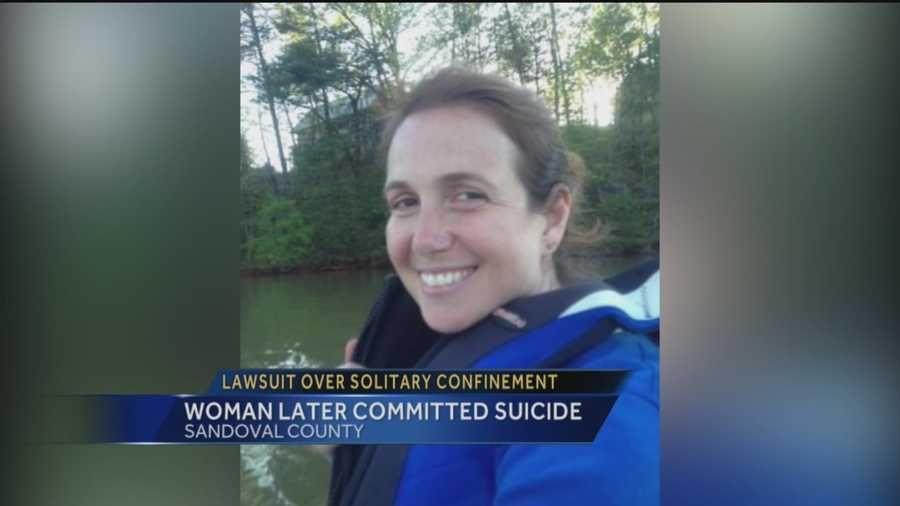
Raynbow Gignilliat
“They didn’t treat her for two months and she was left in a manic state. Basically, in all aspects, I would call it torture,” said attorney Jack Jacks, discussing the final months of Raynbow Gignilliat’s short life. Raynbow Gignilliat, 39-year-old mother of three, was arrested in October 2013. She was sent to the Sandoval County Jail, in Bernalillo, New Mexico, where she spent two months in solitary confinement. Then she was sent to an emergency room. Then, against doctors’ orders, she was returned to solitary. In January 2014, Raynbow Gignilliat was sent to the New Mexico Behavioral Health Institute. In the Spring 2014, Raynbow Gignilliat was released from the hospital and all charges against her were dropped. By June 2014, Raynbow Gignilliat was dead. The reports say she “committed suicide”, but her family and supporters know that Raynbow Gignilliat was killed by State torture.
From the moment Raynbow Gignilliat encountered the so-called criminal justice system to today, almost three years after her death, from beginning to end, this is a story of State violence, viciousness and brutality. Raynbow Gignilliat had been diagnosed with bipolar disorder. For most of her life, she had managed her mental health without medication. Then, things fell apart, largely due to a messy divorce and custody battle. In late October 2013, Raynbow Gignilliat was arrested on a domestic battery charge, following a dispute with her mother, with whom she was living. Her mother called the police, hoping they would take her daughter to the hospital. Instead, they arrested her and sent her off.
After about two weeks in custody, Raynbow Gignilliat was moved into solitary confinement, also known as segregation. Remarkably, there are no records to explain this move. Once in solitary, Raynbow Gignilliat’s health deteriorated swiftly. Staff watched as she covered herself in feces, punched herself, dunked her head in her toilet water, hallucinated, screamed. Staff watched Raynbow Gignilliat’s increasing and intensifying dementia for six weeks. Finally, they sent her to an emergency room, where doctors said she should be sent to a psychiatric hospital or she would die. Instead, she was returned to solitary confinement, where she sat for another month, begging for help in the only way she could, through self-harm.
Finally, in January, Raynbow Gignilliat was moved to a hospital where she received treatment. While there, all charges against her were dropped. When Raynbow Gignilliat was released from the hospital, she was free … to kill herself. Her family says the damage had already been done. She was not the same woman.
Last week, Sandoval County agreed to a settlement of $1.8 million, to be distributed to trust funds for each of Raynbow Gignilliat’s children. The jail’s medical provider, Correct Care Solutions, has also settled, for an undisclosed amount. Sandoval County is quick to note that its insurance company covers this sort of thing, and so Sandoval County is only on the hook for $15,000.
Meanwhile, the case of Raynbow Gignilliat led to the discovery of the abuse and torture of Sharon Vanwagner, who was also booked in the Sandoval County Jail in October 2013, who lives with psychosis and delusions, who spent three months in solitary confinement, who deteriorated rapidly and dramatically, and whose charges were ultimately dropped.
What happened to Raynbow Gignilliat and Sharon Vangwaner, what is happening to so many women living with mental illness in county jails across the country? “Basically, in all aspects, I would call it torture.”
(Photo Credit: KOAT TV)